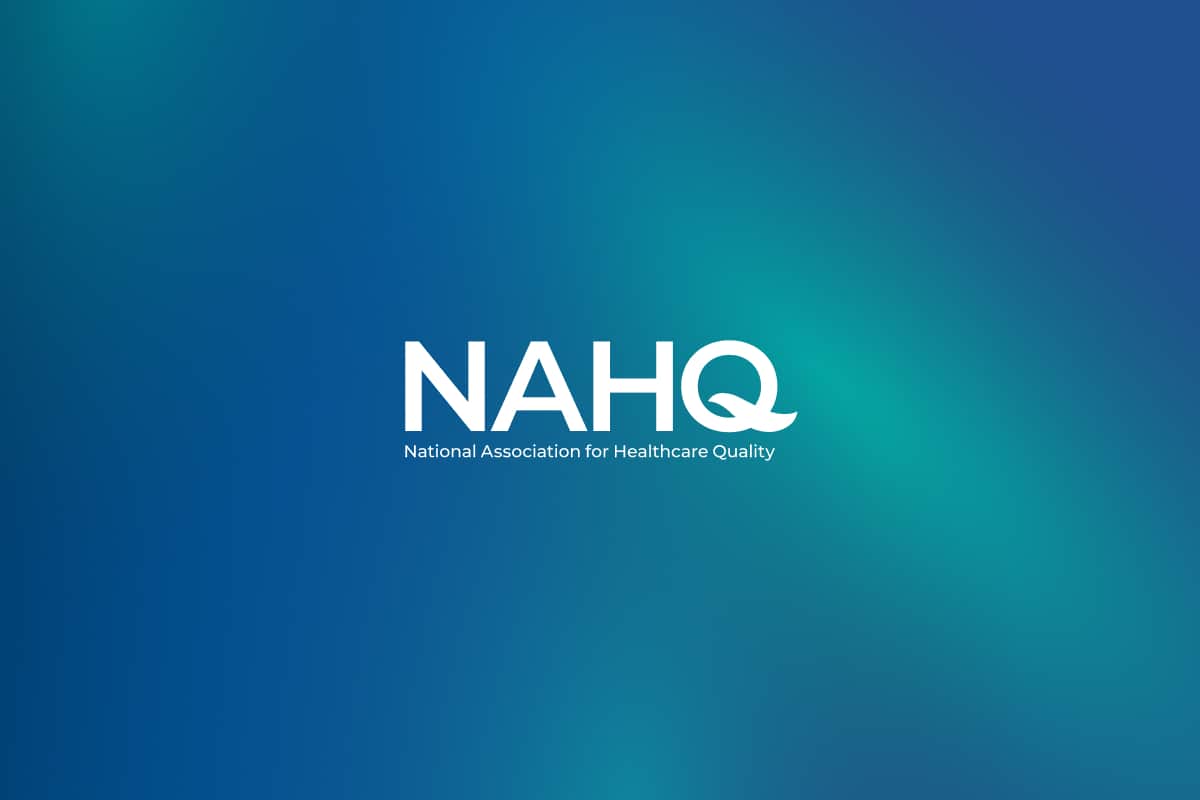Those working in healthcare quality and safety are no strangers to the evolving nature of our industry and how disruption can have surprising results. From the introduction of HIPAA to the implementation of EHRs and today’s transition to mobile health applications, telemedicine, etc., providers have proven their ability to embrace innovation in response to the changing needs of the communities we serve.
These disruptions, along with internal ones can feel chaotic, even though they are often vital to long-term stability and sustainability. For example, mergers and acquisitions or initiatives that reduce healthcare costs and improve access can require a significant effort from senior leaders to front-line staff as they focus on change management.
So, how do we stay steadfast in our pursuit of quality throughout challenging times? As the vice president for quality and patient safety for Lifespan in Providence, Rhode Island, I have responsibility for operational oversight for care transformation and core quality/patient safety functions. In my role, I have certainly led teams through challenging transitions. Most recently, Lifespan announced a restructuring of its senior leadership team, resulting in the departure of two key executives. We are confident that the restructuring will drive more accountability and faster decision-making with physician input. Lifespan also welcomed a new chief executive officer earlier this year, which has heralded a period of innovative rethinking and a chance to reset and restructure.
I know how important it is to keep teams motivated during a time of change. When Lifespan decided to work with NAHQ a few years ago on a centralized quality structure that accelerated our improvement agenda and supported our aims toward better integration as a system, it was a significant shift in our approach. But once the quality organization was restructured to better align with operational excellence programs, we were on our way to ensuring the quality workforce was up to growing challenges and responsibilities.
Now, when periods of transition occur in our organization, we are steadfast in our quality processes and can withstand the storm. Our leaders know to maintain their strong, open leadership style during uncertain times. That means making it a priority to remain visible, lead from the front, engage in real-time listening, and address concerns immediately. Employee questions will vary, but most want to know how organizational changes will impact them personally and professionally.
And while quality always comes first, keeping an eye on your organization’s culture during times of transition should be an important part of your strategy to stay resilient. It is important to partner with human resources professionals who share the value of your workforce and know that it is one of the most important assets for success.
At NAHQ, we believe the workforce is the heart and soul of your system – not only during periods of change, but year-round. Preparing staff to do their best work is what we do. Workforce readiness can help today’s healthcare professionals face the challenges of tomorrow. Remember, NAHQ is here to help.
Nidia Williams, PhD, MBB, CPHQ, FNAHQ
NAHQ President
Related Content
The Opportunity of Leadership Transitions
Today’s post-pandemic healthcare environments are ...
Read More2022 Virginia Patient Safety Summit
During the 2021 Summit, much focus was placed on a...
Read MoreMake Plans to Attend Virtual NAHQ Next Event
September 2022 The virtual National Association...
Read More
